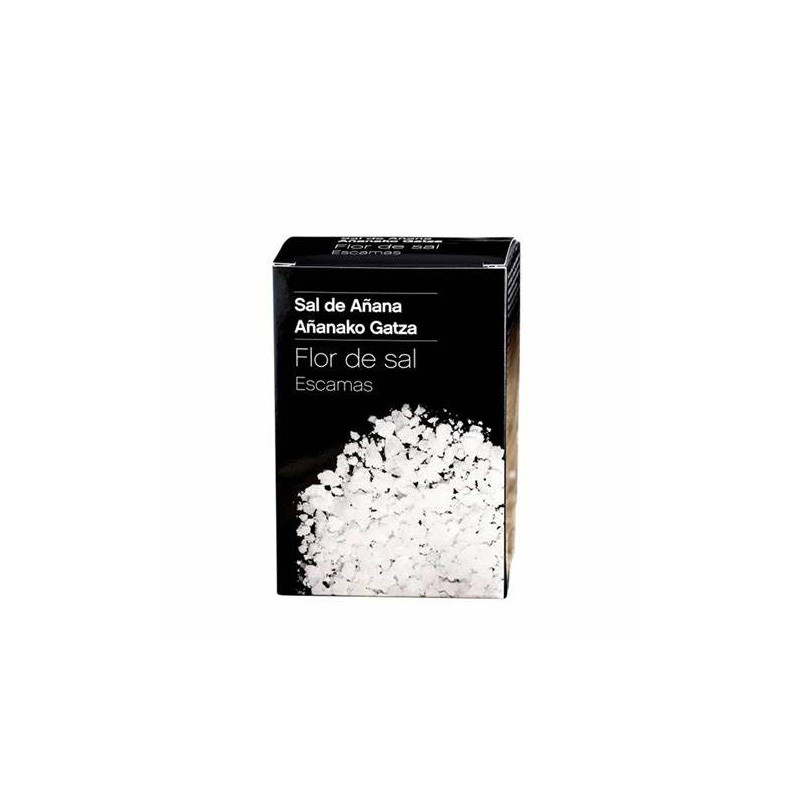- New


Añana Salt in flakes or fleur de sel are sheets of crunchy texture that form on the surface of the threshing floor when the brine evaporates. Harvested by hand before falling to the bottom.

Security policy

Delivery policy

Return policy
Description:
Añana Salt in flakes or fleur de sel are sheets of crunchy texture that form on the surface of the threshing floor when the brine evaporates. Harvested by hand before falling to the bottom.
Especially indicated to give a final touch of luxury to meats and fish.
Produced naturally using traditional techniques, it is considered by great chefs and experts as one of the best salts in the world.
Origin of Añana Salt:
During the Triassic period - it began about 251 million years ago and ended about 200 million years ago -, at a time when all the continents were united forming the continent called Pangea, Salinas de Añana was submerged under a large ocean. The evaporation of its waters caused the deposition of large layers of evaporites at its bottom which, over time, were covered by other strata.
How is it produced?
The salt production season varies each year depending on weather conditions. It generally begins in May and ends in September. Starting this month, the long nights delay the evaporation process and the continuous rains spoil the scarce salt obtained.
During the rest of the months, the salt workers carry out recovery and maintenance work on the salt flats for the production season. In the packaging module, the canners work all year round to clean, package and label the salt.
Specific References